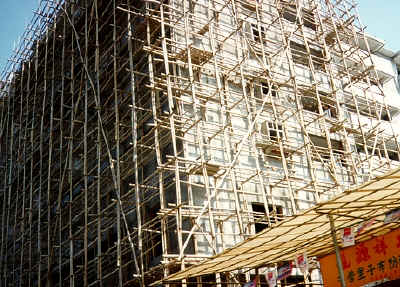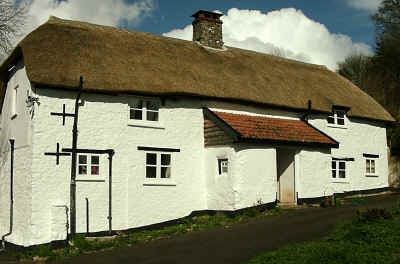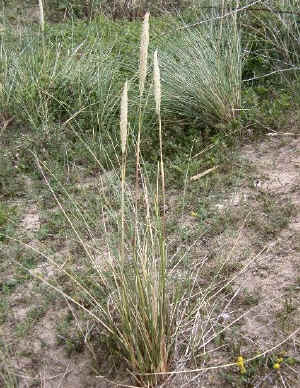| P |
| 10. Parties would not be the same without grasses! |
 |
Many
popular alcoholic beverages are manufactured from the grains of grasses. Barley, Rye, Rice
and Corn are some of the grass grains which are used. |
Whisky is manufactured from
malted Barley, Rye or Corn, depending on the type of whisky, while Barley malt provides
the basis for beer production. Sake is a type of wine popular in Japan, which is made from
rice.
To illustrate the scale of some
of these alcohol manufacturing industries, it is estimated that British brewers brew in
excess of 34 million barrels of beer a year, while in Korea alone, 64.34 million bottles
of whisky were consumed in 2002! |
. |
| 11. Structure and shelter as well as food and
drink. |
| Grasses have been put to a wide variety of uses from grass skirts to
paper, thatching, matting and bedding. |
 |
Many
grass species have been used for making paper. The grass fibres are extracted and
compacted together to make a form of paper. |
| (The papyrus parchment made by
the Ancient Egyptians actually came from a type of sedge, (Cyperus papyrus) rather than a
grass.) |
 |
 |
Most
of the scaffolding used in South East Asia for building construction is made up of bamboo
poles. In
places like China, millions of poles will be used every year. |
 |
Wheat
straw (the dried stalks of wheat) is an example of a grass which is used for thatching
buildings.
In some places, including parts
of rural Africa and Asia, grasses are often used to construct entire dwellings (images external link). |
|
. |
| 12. An engineering tool of distinction. |
 |
Creeping
grasses with their spreading habits and fibrous root systems, will quickly stabilize bare
earth and shifting sands. They are extensively used by engineers in a wide variety of
situations, to stabilize bare earth surfaces and prevent erosion. New road sides and
shifting sand dunes are two such examples.
Marram Grass (left) is a useful species for stabilizing
shifting sand. It is a tall grass with both horizontal and vertical roots which aid in
trapping and binding sand grains.
It is can withstand deposition rates of wind-blown sand
of up to 1 metre per year. |
|
|

